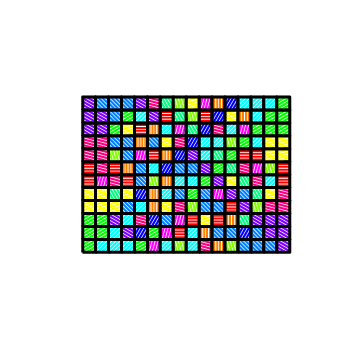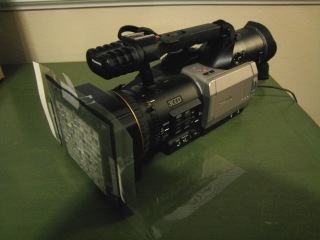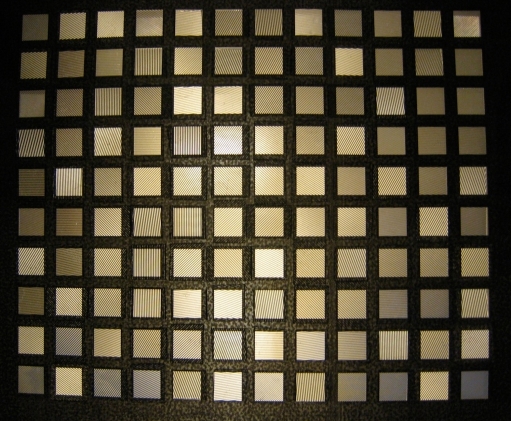Multimodal Vision Research Laboratory
MVRL
integral pixel cameras and differential image motion
Compressive-sensing cameras are an important new class of sensors that have different design constraints than standard cameras. Surprisingly, little work has explored the relationship between compressive-sensing measurements and differential image motion. We show that, given modest constraints on the measurements and image motions, we can omit the computationally expensive compressive-sensing reconstruction step and obtain more accurate motion estimates with much less computation time. We also formulate a compressive-sensing reconstruction problem that incorporates known image motion and show that this method outperforms the state-of-the-art in compressive-sensing video reconstruction.
Physical Camera
We added a tiling of lenticular arrays to the front of a standard video camera to create an imager with long, thin receptive fields. This is just one of many possible ways of constructing an integral pixel camera.




Publications
- Compressive Sensing and Differential Image-Motion Estimation at ICASSP 2010
- Our WUSTL Technical Report has most of what is in the ICASSP 2010 paper and few extra experiments. It also shows how we modified a standard video camera to make a camera with integral-pixels.
Press Coverage
- an excerpt from a post on the popular compressive sensing blog, nuit-blanche:
Aha!, a new cheaply made compressive sensing hardware, an Integral Pixel Camera that can evaluate Differential Image Motion. I like it already especially since it obtains parameters for the field of view without performing an image reconstruction.
People
- Nathan Jacobs
- Stephen Schuh
- Robert Pless